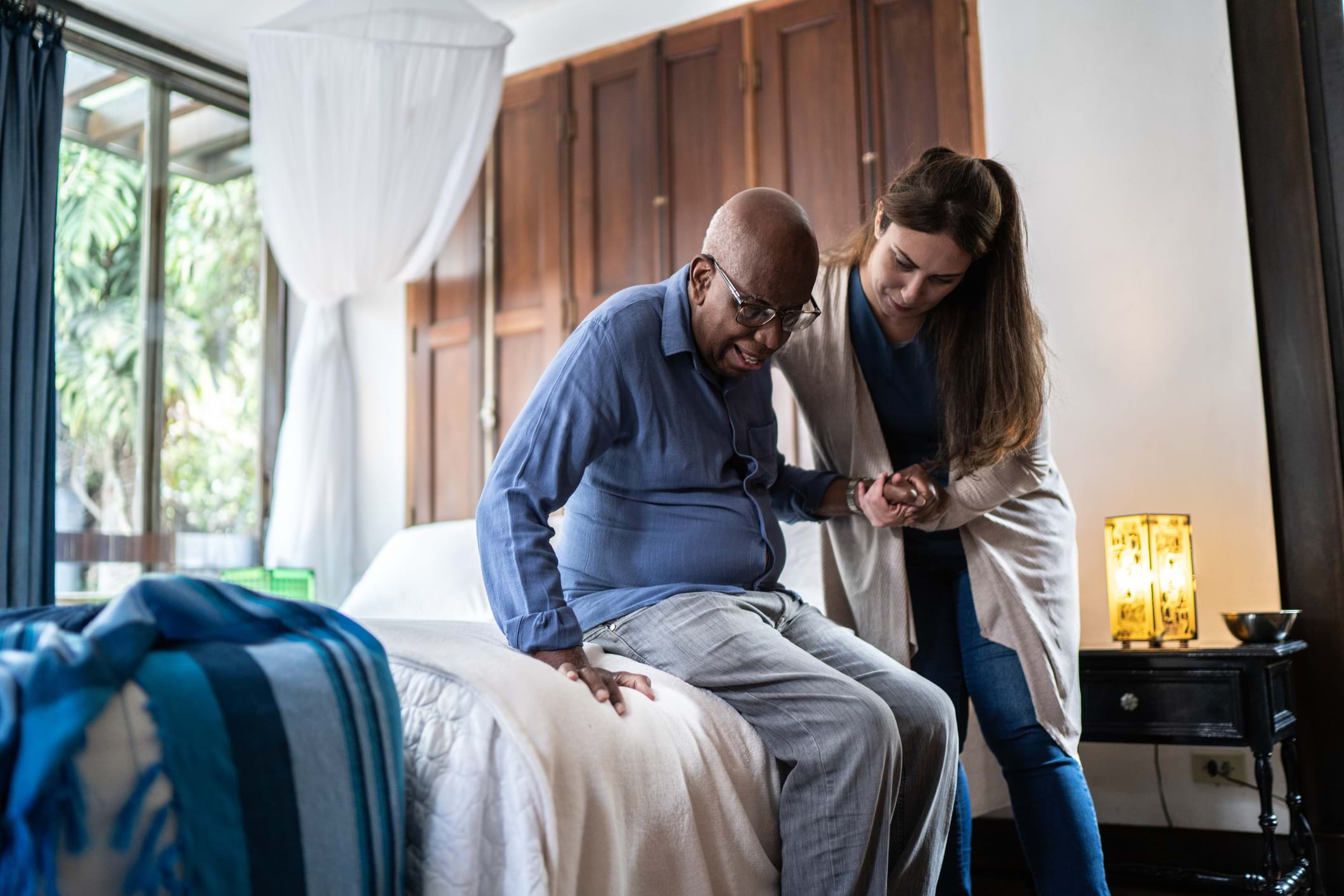If you’re a not-for-profit service provider looking to reduce workers compensation costs, one of the best ways to do so is by building a culture of safety in the workplace. However, one of the biggest challenges you’ll face in creating a safety-centered culture is getting all of your employees committed to being part of this change. As with most “best in class” risk management organizations, buy in needs to start at the top. Your company’s senior leadership needs to buy into the idea; then they can convince everyone else in the organization that this is the right direction for the company by clearly explaining why a culture of safety is important.
Creating a Workplace Safety Culture
Once everyone in your organization understands why a workplace safety culture is important, you have to lay the foundation for this new culture. How do you go about doing this? There are three key premises to consider: optimal teamwork, a learning and growing environment and a focus on a predictive model versus a reactive model.
Optimal Teamwork
When kicking off a performance improvement project, good teamwork is crucial. However, few organizations invest the necessary resources to determine whether or not their team dynamics are up to snuff. A teamwork environment that’s firing on all cylinders is one in which all of your staff members, across all departments and levels, are collaborating in a way that provides everyone with an equal voice when solving problems.
Learning and Growing Environment
The second key element you need to build a culture of safety in the workplace is having a learning and growing environment. Your team needs to recognize high-risk concerns and address them head on. Crossing your fingers or knocking on wood won’t do. Research and training needs to be a high priority to overcome these kinds of challenges. By investigating any potential threats, you’re able to develop viable solutions for how to overcome them.
For example, when faced with a safety issue, have your staff investigate and determine what led to this situation. Was it an error, poor judgement or disregard for standards? Figuring out which one it is will help you and your team select the most effective response, which may include a new policy, a new procedure to prevent a reoccurrence in the future and continuous training for new and existing employees.
Focus on a Predictive Model
Lastly, focusing on a predictive model will help you lay a solid foundation for a strong safety culture. Of course, organizations need to respond to certain incidents or accidents as they happen. But use these moments as an opportunity to investigate the circumstances that led to the event so you can use this information to improve safety procedures moving forward. It’s not enough to simply react to issues, you need to anticipate them. Doing so will save you time and resources.
Accountability is Critical
Once these three foundational elements are in place, leadership must build in accountability to make sure that the culture of safety continues to develop and strengthen over time. You don’t want your employees to think this is something that is temporary. They need to realize that it’s a permanent part of your organization and embrace it. Some examples of how you can go about doing this include having detailed compliance with safety procedures in all job descriptions, reviewing safety procedures during on boarding of new employees, highlighting safety procedures during annual safety training and lastly, measuring compliance with these procedures during the 90-day and annual review process.
You can’t build a strong safety culture in a day, but by getting started on the elements above you’ll be off to a good start. If this is your first time creating a safety culture or you’re simply looking for help strengthening an already-existing one, reach out to your insurance broker for guidance, training and support.








